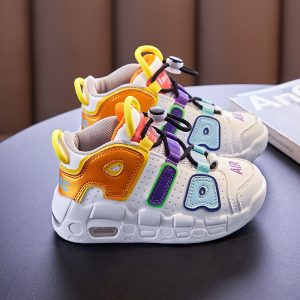The quality of shoes can be identified from the following aspects. First take the shoe in your left hand for inspection. (1) Shoe upper: Whether it is natural leather, artificial leather or other materials, all materials suitable for shoe uppers must have the following properties. a. It can withstand repeated torsion during walking; b. It feels good when worn, and fits naturally; c. After taking off the shoes, it can restore and maintain the original shoe shape.
(2) Insole: It should be breathable, absorbing and dehumidifying. It is advisable to use materials that can easily absorb foot sweat. The assembly should be tightly fitted to the insole as a whole, and should not be suspended or wrinkled. Otherwise, the insole will roll up or fall off.
(3) Outsole: The periphery of the outsole must be tightly integrated with the upper, without gaps in the adhesion, and the bottom surface is flat. For shoes with hooks, the front ends of the hooks are not allowed to tilt.
(4) Heel: mainly refers to shoes above the middle heel. a. Whether the curved part of the heel is in good agreement with the shape and size of the heel and bottom of the shoe; b. Whether the heel is installed firmly and whether it is swayed when moving back and forth; c. Whether the palm surface is smaller than the bottom surface of the heel.
(5) Main heel and inner toecap: In which part the main heel and inner toe cap are inserted, it cannot be clearly distinguished. If it is displayed on the upper, it is not only unsightly, but also easy to wrinkle.
(6) Insole: It depends not only on the quality of the material, but also when you press the waist strongly (corresponding to the part of the instep when wearing shoes), it is better not to move around the mouth, otherwise it will cause deformation during wearing.



















